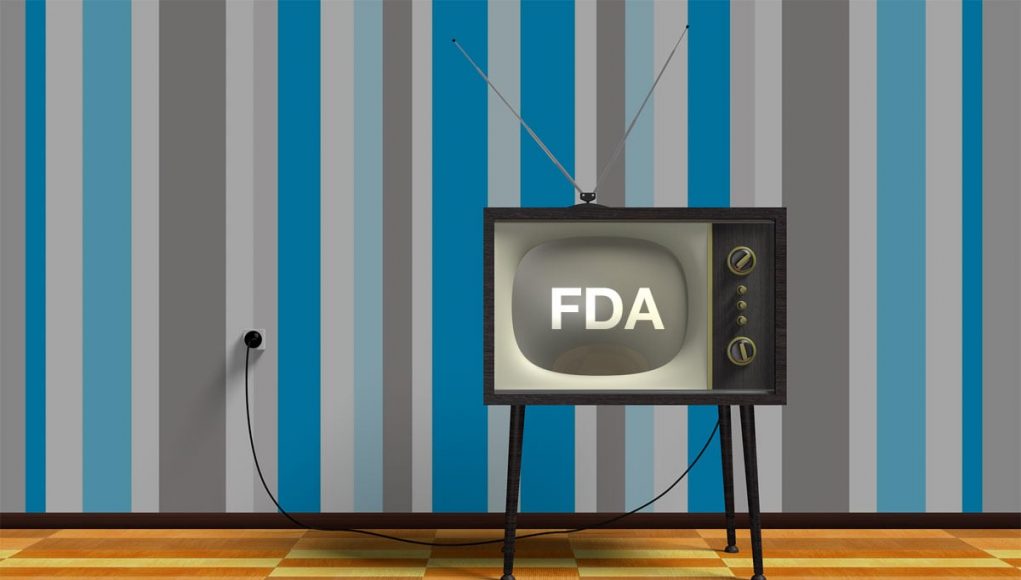Called “Magic,” the tv ads feature street magician Julius Dein, who has approximately 800,000 followers on YouTube. The ads are part of the FDA ’s “The Real Cost” campaign, which was launched last September, and will be its first TV campaign which focuses on teen vaping.
On the contrary to the alleged alarming US figures reported by the FDA, a teen vaping report from the UK, where vaping is fully endorsed and even suggested for smoking cessation, indicates positive numbers.
Clearly referring to Juul, in a recent interview the U.S. Surgeon General said that the latest e-cig models containing higher levels of nicotine, are to blame for the rising tobacco use among young people.
“We’ve seen tobacco use among youth go down over the last decade, it’s now starting to go back up because of e-cigarettes,” said Dr. Jerome Adams. “It’s a fundamentally different product we have compared to the e-cigarettes of old,” he added.
FDA Commissioner Ned Sharpless concurs, “The troubling epidemic of youth vaping threatens to erase the years of progress we’ve made combating tobacco use among kids, and it’s imperative that our work to tackle this immensely concerning trend continue to include efforts to educate our nation’s youth about the dangers of these products,” in a statement.
In one of the adverts, which will air on a select few TV networks, including TeenNick, CW, ESPN and MTV, magician Julius Dein tells a group of teenagers that vaping makes them more likely to take up smoking. “It’s not magic. It’s statistics,” he says.
Low teen vaping rates in the UK
Meanwhile, on the contrary to the alleged alarming US figures reported by the FDA, an ASH report about UK teen vaping rates, where vaping is endorsed and even suggested for smoking cessation, indicates positive numbers. The compiled data indicate that the proportion of under 18s who have tried vaping has dropped to the lowest level since 2016. The following were the key findings:
“-More than three quarters of 11-18 year olds have never tried (76.9%) or are unaware of e-cigarettes (6.6%).
-Young people vape mainly just to give it a try (52.4%) not because they think it looks cool (1.0%).
-In 2019 15.4% of 11-18 year olds had tried vaping, compared to 16.0% in 2018. This is an increase from 2015 when 12.7% of 11-18 year olds had tried e-cigarettes.
-In 2019, 1.6% of 11-18 year olds used e-cigarettes more than once a week (1.7% in 2018) compared to 0.5% in 2015.
-Vaping is much less common among young people who have never smoked. A large majority of never smokers aged 11-18, 93.8% in total, have either never used an e-cigarette (87.8%) or are unaware of them (6.0%). Of young people aged 11-18 years old who have never smoked, 5.5% have ever tried e-cigarettes, 0.8% are current vapers, only 0.1% vape more than once a week, and not a single never smoker reported vaping daily.
-Children under 16 are less likely to try e-cigarettes than 16-18 year olds. 8.5% of 11-15 year olds have tried vaping, compared to 26.7% of 16-18 year olds.”
The media under reports positive vaping news
In an article on their website, the New Nicotine Alliance (NNA) mentioned the ASH report, saying that contrary to unsound alarmist headlines, sadly this report was not covered enough. “The media mostly avoided reporting on the good news that the proportion of under 18s who try vaping has dropped to the lowest level since 2016. There was also little coverage that those who had tried an e-cigarette once or twice in 2019 was lower than in 2015 and that regular use of e-cigarettes amongst 11-18 year olds has declined in 2019 compared to 2018.”
“Disappointing because the media is very quick to seize on any cherry-picked negative news about vaping from a dwindling band of UK public health professionals who still harbour irrational doubts about the benefits of safer products in this country, many of whom centre their arguments around not only a fear of youths using nicotine, but also that this will lead to a gateway into combustible tobacco use. We can only presume the gateway must be remarkably rusty at the hinges for it not to translate into any prevalence statistics that anyone can actually see in real life,” added the charity.








